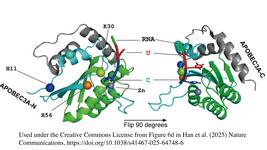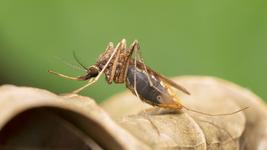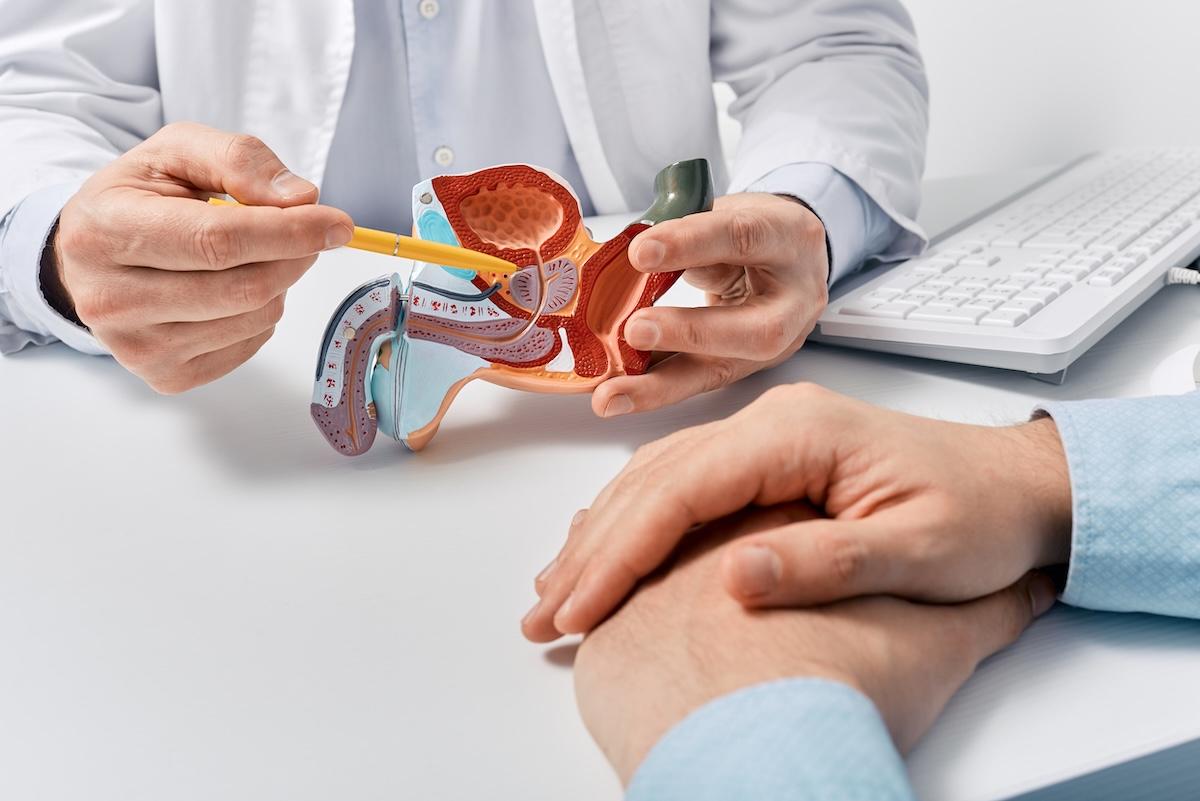CMN Weekly (14 October 2022) - Your Weekly CRISPR Medicine News
By: Gorm Palmgren - Oct. 14, 2022
Top picks
- American researchers have used cross-species evolution to engineer a highly potent AAV variant for therapeutic gene transfer and genome editing. The variant, AAV.cc47, shows improved attributes benchmarked against AAV serotype 9 as evidenced by robust reporter and therapeutic gene expression, Cre recombination and CRISPR genome editing in normal and diseased mouse models. Furthermore, AAV.cc47 vectors are also efficient in macaques and pigs, suggesting that they might improve predictive modelling in preclinical studies and clinical translatability by broadening the therapeutic window of AAV-based gene therapies.
- Italian researchers have used CRISPR-Cas9 to delete the IL30 gene that promotes prostate cancer (PC) onset and development. Deletion of IL30 in PC cells dramatically downregulated several oncogenes, whereas tumour suppressors, primarily SOCS3, were upregulated. The authors suggest that the efficacy of CRISPR-Cas9-mediated targeting of IL30 in curbing PC progression paves the way for its clinical use.
Research
- Scientists in China have used metagenomic discovery to identify five novel CRISPR-Cas13 clades that all have RNA-degrading capacity in mammalian cells. One of them, Cas13e3, is an ultra-compact Cas13 protein that has the potential to become an efficient transcriptome editor in mammalian cells.
Industry
- Metagenomi announces that it has opened a new, in-house Good Manufacturing Practices (GMP) facility based within its 50,000-square-foot campus in Emeryville, California. The agile and modular facility will support the company's strategy to develop precise gene-editing tools, addressing diseases with high unmet needs.
- Editas Medicine presents preclinical data on EDIT-103, a mutation-independent CRISPR-Cas9-based, dual AAV5 vector "knockout and replace" therapy to treat rhodopsin-associated autosomal dominant retinitis pigmentosa. Studies in non-human primates demonstrated nearly 100% gene editing and knockout of endogenous RHO gene and more than 30% replacement protein levels.
- Iovance Biotherapeutics announced that the first patient was dosed and completed the safety observation period in the IOV-GM1-201 trial of Iovance’s TALEN genetically modified, PD-1 inactivated TIL therapy, IOV-4001. IOV-GM1-201 is a Phase 1/2, first-in-human study investigating the safety and efficacy of IOV-4001 in patients with previously treated metastatic non-small cell lung cancer (NSCLC) or advanced melanoma.
Detection
- Click chemistry - the technology that won the Nobel Prize in chemistry last week - is used in a label-free photoelectrochemical biosensor based on CRISPR-Cas12a system-responsive DNA hydrogel. The biosensor has extremely low photocurrent signals thanks to CdS quantum dots, and its modular design - thanks to click chemistry - could facilitate the detection of different objects.
- Another CRISPR-Cas12a, a system-responsive DNA hydrogel system, can detect non-glucose targets with a portable personal glucose meter. When Cas12a is activated by its target, it efficiently destroys DNA hydrogel and releases invertase.
- A new sensitive detection system for evaluating the DNA methylation level can contribute to the prognosis and diagnosis of cancer, suggest Chinese researchers. The novel assay is based on endonuclease-assisted protospacer adjacent motif (PAM)-free recombinase polymerase amplification coupling with CRISPR-Cas12a after digestion of unmethylated DNA with the methylation-sensitive restriction enzyme.
- Researchers in China have developed a system for the ultrasensitive detection of hepatitis B virus (HBV) with a detection limit reaching 5 aM. It is a signal-on-off strategy based on the digestion of DNA cubes assisted by the CRISPR-Cas12a system.
- Another Chinese research team have developed a system for highly selective and sensitive detection of single base mutations. The colourimetric platform show outstanding sensitivity by CRISPR-Cas9 mediated triple signal amplification.
- An aptamer-based colourimetric system for the detection of methicillin-resistant Staphylococcus aureus (MRSA) is presented by Chinese researchers. The aptamer is used as the substrate of trans-cleavage by CRISPR-Cas12a and is also a modulator of colourimetry. With a detection limit as low as 8 CFU mL−1, the method has the potential as a robust drug-resistant bacteria detection platform.
Reviews
- Danish scientists celebrate the 25th anniversary of HIV-derived gene delivery vehicles by portraying the vector system and its intriguing properties. The review dives into the technology and recapitulates the use of lentiviral vectors for ex vivo gene transfer to hematopoietic stem cells and the production of CAR T-cells.
- A review by Canadian scientists identifies the most effective compositions and proportions of lipids for lipid nanoparticles (LNPs) to target specific organs, such as the brain, lungs, muscles, heart, liver, spleen, and bones. Basic components of a good LNP have already been found, and only slight modifications remain to be made to increase the specificity of the delivery.
- Researchers in Saudi Arabia discuss cancer management strategies in a review that aims to provide in-depth updates on Streptococcus pyogenic CRISPR-Cas9 structure and its mechanistic understanding. In addition, the advances in its nanoformulation-based delivery systems, including lipid-based, polymeric structures and rigid NPs coupled to particular ligands such as aptamers, TAT peptides and cell-penetrating peptides, are discussed.
- Chinese scientists discuss applications of the CRISPR-Cas9 system for promoting osteogenesis and chondrogenesis. They summarise the challenges of CRISPR-Cas9 systems in bone and cartilage repair and propose the prospect and future direction of CRISPR/Cas9 application in orthopaedics.
News from CRISPR Medicine News
- This Wednesday, we brought an interview with Dr Nusrat Sanghamitra, who is CEO and CSO of the Irish-Indian company CyGenica. CyGenica owns a unique proprietary GEENIE delivery platform, and Nusrat Sanghamitra gives us an insight into how this may shape the future of gene editing and other medicines.
To get more of the CRISPR Medicine News delivered to your inbox, sign up to the free weekly CMN Newsletter here.
Tags
CLINICAL TRIALS
IND Enabling
Phase I
Phase II
Phase III
Gastric Cancer and Colorectal Cancer, CRC, (NCT07166263)
Sponsors:
Base Therapeutics (Shanghai) Co., Ltd.
Sponsors:
Base Therapeutics (Shanghai) Co., Ltd.
IND Enabling
Phase I
Phase II
Phase III
Relapsed or Refractory Acute Myeloid Leukemia, AML, (NCT06541444)
Sponsors:
Base Therapeutics (Shanghai) Co., Ltd.
Sponsors:
Base Therapeutics (Shanghai) Co., Ltd.
IND Enabling
Phase I
Phase II
Phase III







